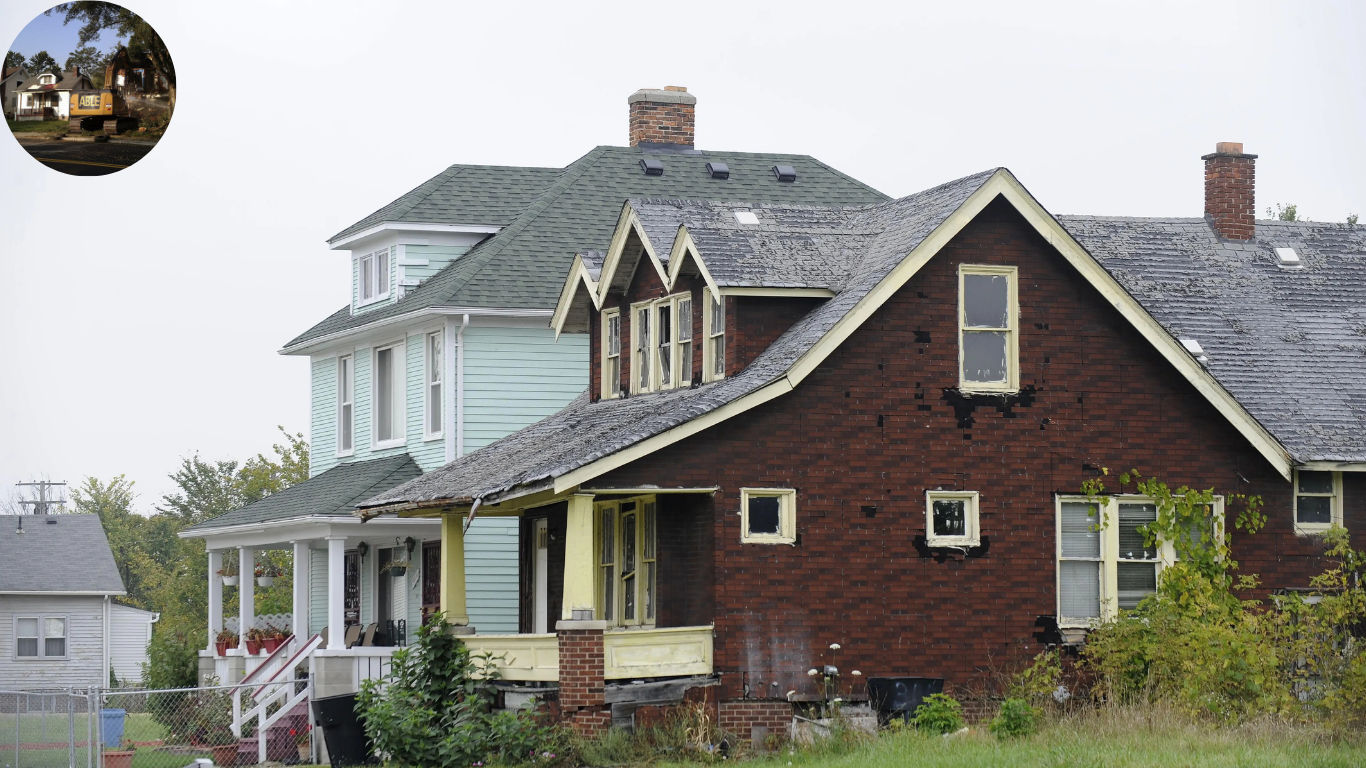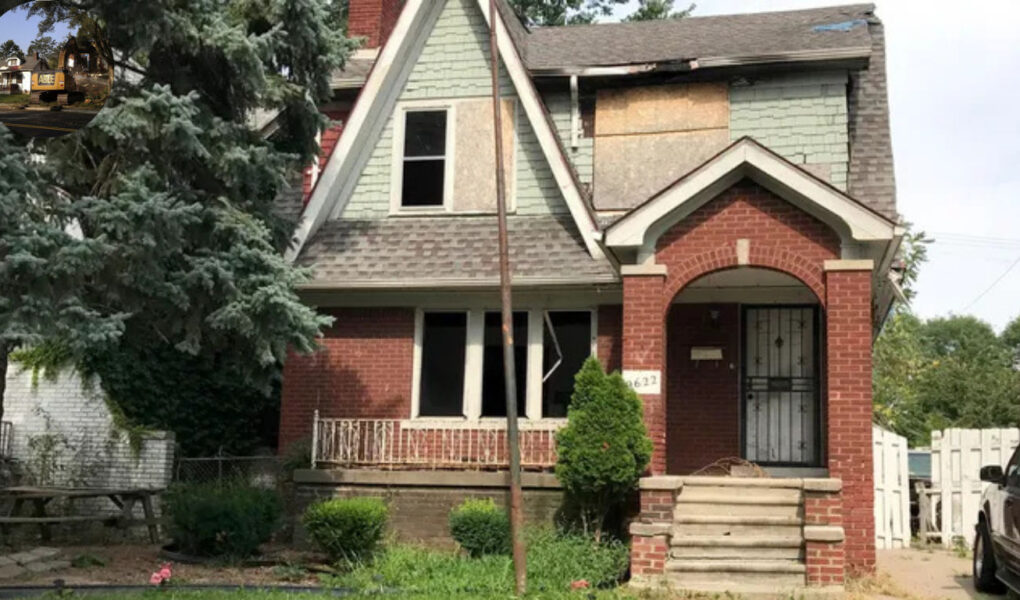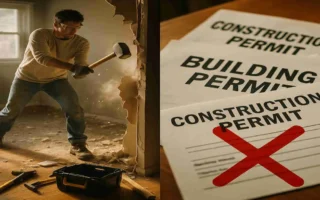A house built in 1986 sits at a transitional period regarding asbestos use in construction. Asbestos was widely used in building materials from the 1940s through the 1980s due to its durability and fire-resistant properties, with peak usage between the 1950s and 1970s. However, by the mid-1980s, asbestos use was being phased out and eventually banned in many countries, including the UK and the US, around 1985-1987. Therefore, homes constructed in 1986 may still contain asbestos, particularly in materials like popcorn ceilings, vinyl floor tiles, insulation, and roofing products, though the likelihood is lower compared to homes built in earlier decades. Because asbestos fibers are hazardous when disturbed, any suspected asbestos-containing materials in such homes should be professionally tested and, if necessary, safely removed by licensed experts to ensure occupant safety.
What is Asbestos?
The mineral asbestos is made up of thin, fibrous crystals. It was prized for its durability and resistance to heat, making it an attractive choice for various construction materials.
These fibers are incredibly strong yet flexible. This unique combination allowed manufacturers to use asbestos in insulation, roofing, flooring, and even fireproofing materials.
In the past, asbestos was hailed as a miracle material. Its ability to withstand extreme temperatures made it popular in homes and commercial buildings alike.
However, despite its benefits during the building boom of the mid-20th century, asbestos has gained notoriety over time due to serious health concerns linked with exposure. When disturbed or damaged, these tiny fibers can become airborne and pose significant risks when inhaled.
Understanding what asbestos is sets the stage for recognizing its potential presence in older homes like those built in 1986.
Why was it commonly used in construction?
Asbestos was widely used in construction due to its remarkable properties. It’s fire-resistant, making it an ideal choice for insulation and roofing materials. Builders valued this characteristic, especially in areas prone to wildfires or where safety regulations were strict.
This made it a popular option for pipes and boilers that needed reliable heat retention without risk of overheating.
Cost-effectiveness also played a significant role in its popularity. Asbestos was abundant and inexpensive to mine, allowing builders to cut costs while still providing durable products.
These traits enabled manufacturers to incorporate it into various building materials like cement sheets, tiles, and even spray-on coatings. The combination of these factors created a perfect storm for widespread use in homes built during the mid-20th century.
See also how long to live in a habitat for humanity house
Health risks associated with Asbestos exposure
There are serious health risks associated with asbestos exposure that can last for many years.When asbestos fibers are inhaled, they can become trapped in the lungs and other tissues. Over time, this leads to inflammation, scarring, and even cancer.
One of the most notorious diseases linked to asbestos is mesothelioma. This aggressive cancer primarily affects the lining of the lungs but can also impact other areas like the abdomen. Symptoms often take decades to appear.
Asbestosis is another risk associated with prolonged exposure. It’s a chronic lung disease characterized by shortness of breath and persistent cough due to lung damage from inhaled fibers.
Furthermore, there’s an increased likelihood of developing lung cancer among those exposed to asbestos compared to non-exposed individuals. The combination of smoking and asbestos significantly raises this risk level.
Understanding these dangers highlights why identifying potential asbestos sources in older homes is crucial for your health.
Regulations and laws surrounding Asbestos in buildings
Regulations surrounding asbestos in buildings have evolved significantly over the decades. Initially, there were minimal guidelines, allowing widespread use of this material due to its fire-resistant properties and affordability.
However, as awareness of health risks grew, laws became stricter. The Environmental Protection Agency (EPA) and Occupational Safety and Health Administration (OSHA) now enforce regulations aimed at protecting public health. These agencies require proper handling and disposal procedures for any materials containing asbestos.
Many states also impose their own rules regarding asbestos management in commercial and residential properties. Frequent inspections might be mandated during renovations or demolitions to ensure safety compliance.
Building owners are often required to disclose the presence of asbestos if it exists within their structures. This transparency helps potential buyers make informed decisions about property investments while prioritizing health considerations.
See also replace bricks on your houses front
How to identify if a house has Asbestos
Identifying asbestos in a house can be tricky, especially if the materials are not visible. Start by looking for common asbestos-containing materials, such as old insulation, floor tiles, or roofing shingles.
Check the age of these materials. Asbestos was commonly used in homes built before 1980.In your case, a house from 1986 may still have some exposure risk.
If you encounter textured ceilings or walls with popcorn finishes, they might also contain asbestos fibers. Pay close attention to any older repairs or renovations; contractors sometimes reused existing materials during updates.
When in doubt, hire a professional inspector who specializes in hazardous material assessments. They can conduct tests safely and accurately provide results regarding potential asbestos presence without risking exposure to harmful substances.
Steps to take if your house contains Asbestos
If you suspect your house built in 1986 contains asbestos, it’s crucial to take appropriate steps for your safety. Asbestos-containing materials should not be disturbed. This means no drilling, sanding, or demolition without proper precautions.
Consider hiring a certified asbestos inspector. They can conduct a thorough assessment and take samples if necessary. A professional will provide accurate results regarding the presence of asbestos and recommend actions based on their findings.
Should asbestos be confirmed in your home, don’t panic. You have options. Depending on the extent of contamination, you might choose encapsulation or removal by licensed abatement contractors. Encapsulation involves sealing off the material to prevent fiber release while removal entails safely disposing of it altogether.
Regardless of the approach you decide upon, always prioritize safety and compliance with local regulations regarding hazardous materials disposal.
Stay informed about ongoing monitoring and maintenance after remediation work is done to ensure that any potential risks are managed effectively over time.
Taking these proactive measures can help safeguard your family’s health while preserving the integrity of your home built in 1986.
See also construction




